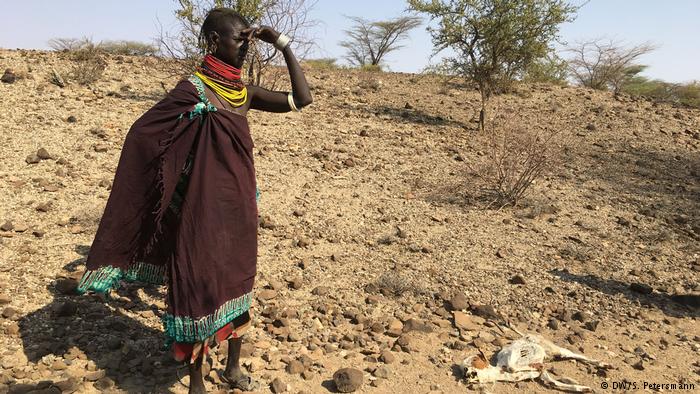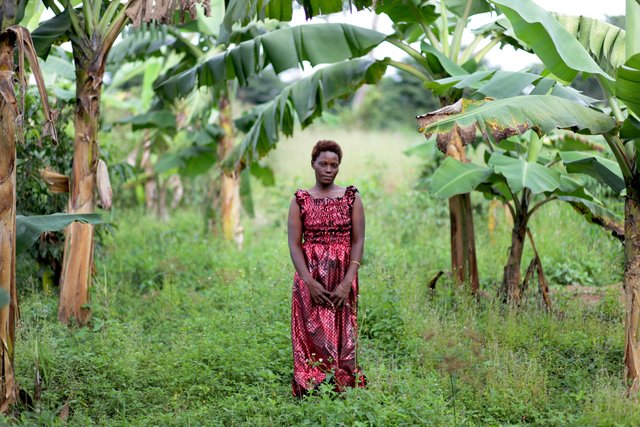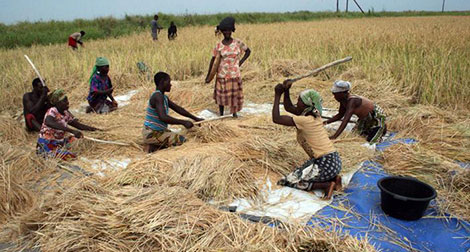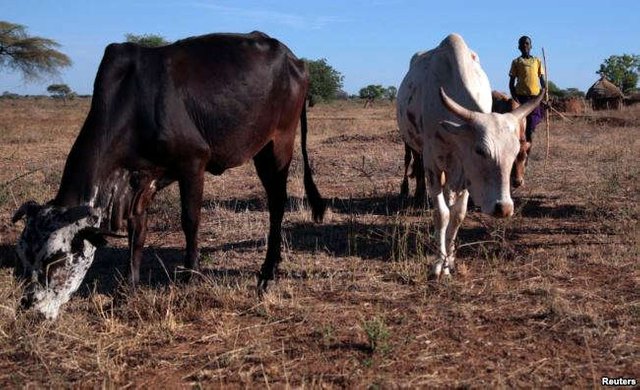THE CLIMATE OF UGANDA
Climate is the average weather conditions of a place which is measured for a very long time, usually between 35 and 45 years.

Climate is determined when elements of weather are measured and recorded elements of weather are;
- Temperature
- Rainfall
- Humidity
- Atmospheric pressure
- Sunshine
- Cloud cover and
- Wind direction and strength
The elements are measured and recorded from the Weather Station. On a weather station, there is a “Stevenson Screen” weather instruments which are used to measure the elements are kept. Such implements;
The Six’s thermometer for temperature include
I. The hygrometer for humidity
II. Other elements of weather are measured using the following instruments:
III. Barometer for atmospheric pressure
IV. Rain gauge for rainfall
V. Campbell Stock Recorded for sunshine
VI. Anemometer for wind strength
The major meteorological station for nation [Uganda] is located at Entebbe near Lake Victoria. From the Weather station, the country’s weather forecasts are made, or predicted. There are also other smaller meteorological stations in various parts of Uganda which work in collaboration with the nation at Entebbe.
CLIMATE TYPES
Uganda generally experiences various varying climatic types. But generally Uganda experiences a tropical climate type which is modified by several factors.
In simple terms, Uganda’s climate is generally regarded as;
• Equatorial climate
• Modified equatorial climate
• Savanna climate
• Montana climate
• Semi-desert climate
EQUATORIAL CLIMATE
The regions in Uganda which experience an equatorial type of climate are characterized by the following climatic condition

• Heavy rainfall of well over 1250milimiter per anum. Such rainfall is generally reliable and distributed throughout the year
• Temperature experienced is relatively high ranging between 22 0c-30 depending on the location of the place and its altitude
• Humidity over equatorial climatic region is high throughout the year .This partly explains the reason why such region receive heavy rainfall much of the year.
• Annual temperature range is between 0c and 3c depending on location of the place.
• Little or no dry season, depending on the location and altitude of a place
• Generally the first rain are heavier than the second rain, April appearing to be wettest month.
• Generally there is one rainfall peak, although areas away from lake Victoria can experience two distinct rainfall maxima.
• Equatorial rainforest are the major vegetation
MODIFIED EQUATORIAL CLIMATE
Modified equatorial climate in Uganda is experienced in various region such as in the west Nile, southwestern (kigezi highland and Bushenyi) and some part of Rukungiri and kasese (Ruwenzori region)
 .
.
MODIFIED EQUATORIAL CLIMATE IN UGANDA IS CHARACTERIZED BY;
• Rainfall receives ranges between 1000- 1500mm per anum, depending on the location of the place.
• The rainfall received is of two rainfall maxima.
• Temperature experienced is high and above 25c.
• Humidity content is high during wet season and lowest during dry season.
• Annual temperature range is well over 3c, depending on the location of the place.
• Savanah vegetation type is the most common type in the modified equatorial climate type.
TROPICAL NORTHERN CLIMATE
The type of climate is experienced largely by the northern Uganda district of Gulu, Kitgum, Pader, Apac, Lira Arua, Moyo, Adjumani, Nebbi and yumbe.

THE TROPICAL NORTHERN CLIMATE IS CHARACTERIZED BY ;
• Alternate wet and dry season (clear distinct season.)
• Rainfall receives ranges between 1000-1500mm per annum, depending on the location of the place. The rainfall received has two rainfall maxima (peak)
• Humidity is highest during the wet season and lowest during dry season.
• Temperature experienced ranges between 25cand 32c depending on location of the place.
• August is often the wettest month of the year.
• Savanna woodland is the most dominant vegetation type, although savanna grassland also grows in the region.
MONTANE CLIMATE
The montane type of climate is experienced largely on the high mountain slopes of such high land ranges like the elegon Ruwenzori, and the Muhavura, or Kigezi highlands. This type of climate is characterized by;
• Heavy rainfall well over 1250mm per annum. Such rainfall is heavy, reliable and well distributed throughout the year.
• Temperature experience is very low and a cool climate is characteristic of such highland area.
• Dense forest vegetation is the main type which is characteristic of montane climate type.
SEMI-DESERT CLIMATE
This type of climate is experienced by recent districts of north-eastern Uganda including districts of moroto, Kotido and Nakapiipiriti

CHARACTERITICS OF THIS TYPE OF CLIMATE
- Rainfall received ranges between 325mm-620mm, depending on the loation of the place
- The temperatures experienced are very high ie, ever 350c and above
- On average, the total number of dry months ranges from 6 to 8 months

nice
THANK YOU